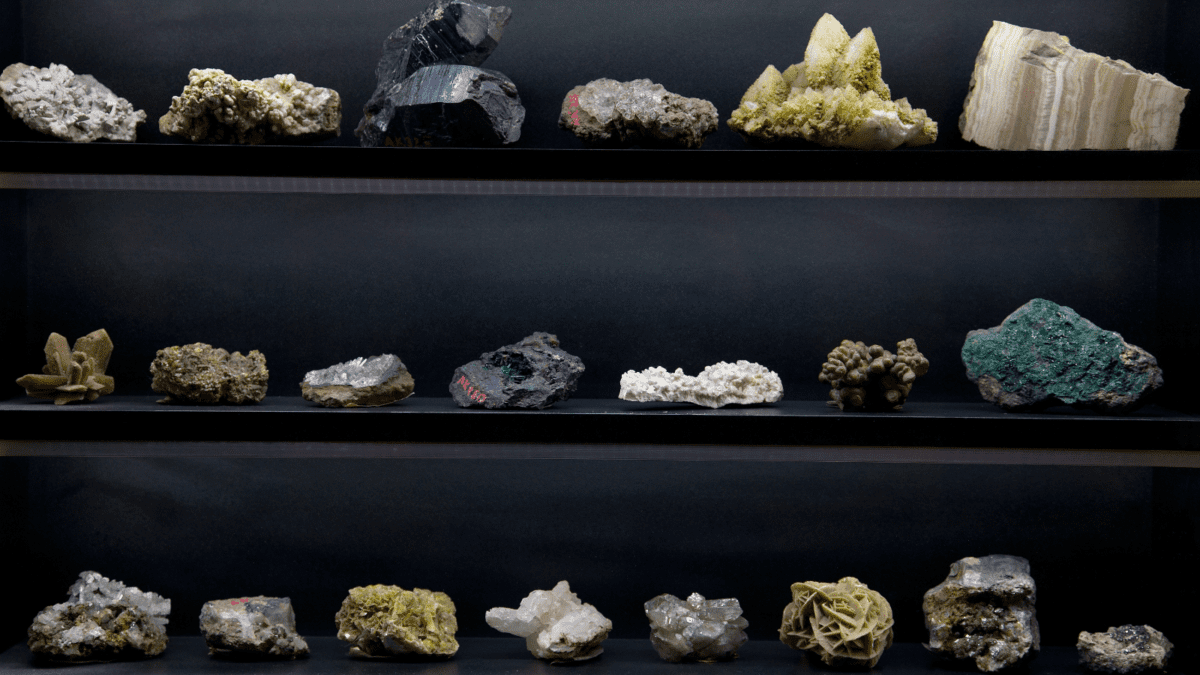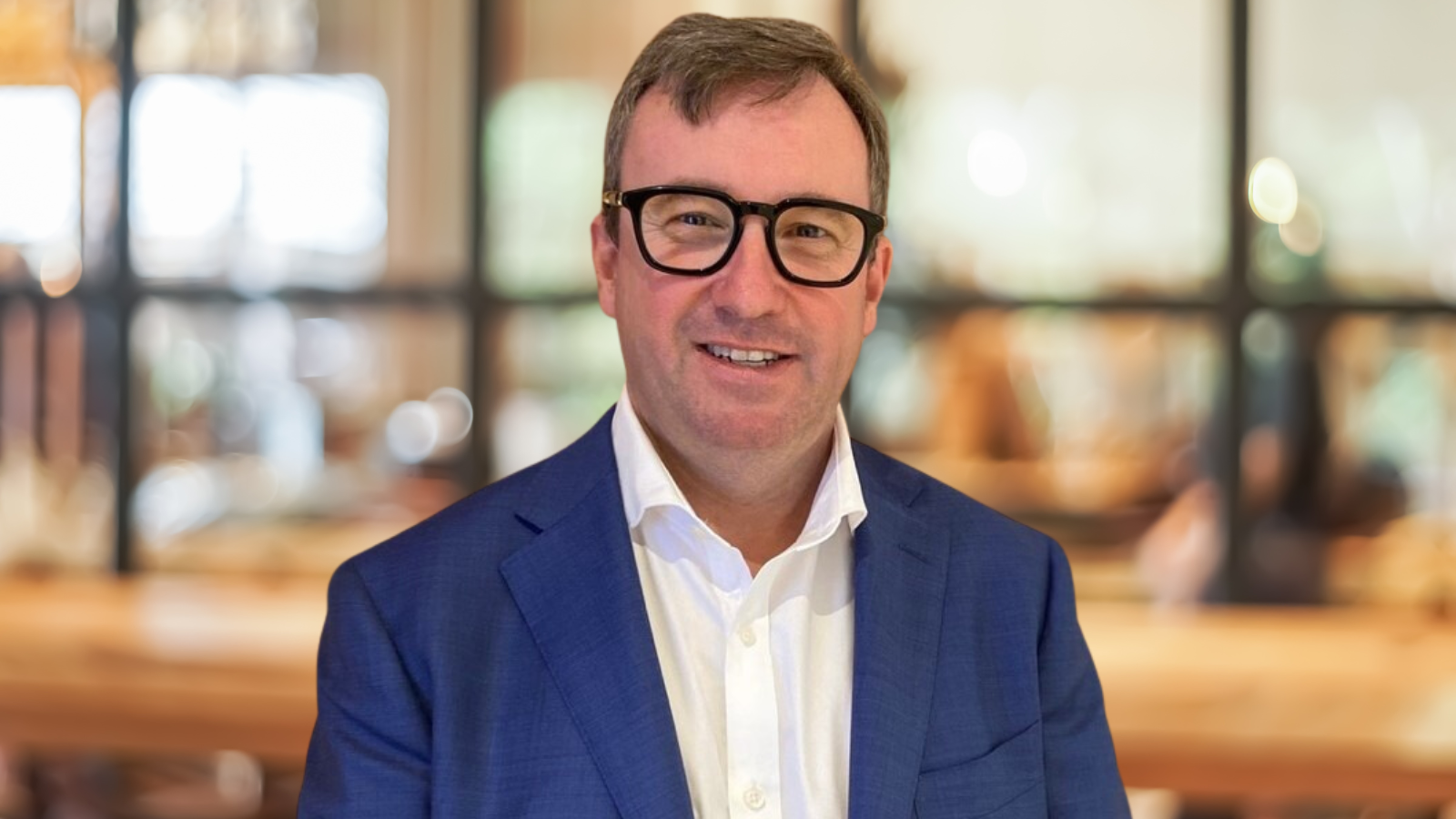To tap into critical minerals demand, try these ASX miners
It is being touted as the next economic boom for Australia – and the fervour for a clean energy transition certainly implies skyrocketing demand for the basket of critical minerals considered essential for this transformation.
And that’s where Australia – and the ASX – come into the picture.
Some Australian stocks will be winners. Here are four that look set to make the grade:
Sarytogan Graphite (SGA, 22 cents)
Market capitalisation: $33 million
12-month total return: –44.3 per cent
Three-year total return: n/a
Graphite is a crucial component in lithium-ion batteries that drive electric vehicles (EVs), electronic devices such as smartphones, medical devices and energy storage units. At present, EVs quite simply do not work without graphite, which is 25 per cent of the composition of most EV batteries.
According to research firm Benchmark Mineral Intelligence, demand for graphite from the battery anode segment could increase by seven times in the next decade on the back of surging EV sales and the energy storage trend.
This is where Sarytogan Graphite comes in. The Perth-based company is working on its wholly owned Sarytogan Graphite Project, in Kazakhstan. To be suitable for use in battery anodes, graphite must be 99.95 per cent pure: in August, thermal purification work on a sample of Sarytogan graphite achieved 99.99 per cent purity.
The project contains a colossal, high-grade inferred mineral resource of 209 million tonnes at 28.5 per cent total graphitic carbon (TGC) – Sarytogan says this is triple the size and triple the grade of most other graphite projects around the world. The company aims to deliver a pre-feasibility study in 2024: Sarytogan would likely be coming into a market that is crying out for alternative (non-Chinese) sources of graphite, situated halfway between Chinese and European carmakers, with affordable containerised rail links both ways. The project life would likely run into the decades.
Meteoric Resources (MEI, 24.5 cents)
Market capitalisation: $475 million
12-month total return: 1,650 per cent
Three-year total return: 73.4 per cent a year
From a share price of one cent a year ago, Meteoric Resources has surged to 23 cents as the market has begun to realise what the company has on its hands at its flagship Caldeira rare earths project in Brazil, which is now being spoken of as the world’s largest and highest-grade resource of ionic adsorption clay (IAC) rare earths.
IAC mineralisation is typically softer than hard-rock rare earths deposits, meaning it does not need blasting, crushing or milling; closer to the surface, easier to mine and thus cheaper. It usually yields a high-grade precipitate and it does not result in radioactive tailings (rare earth ores often contain radioactive thorium and uranium).
Meteoric had already posted a maiden resource estimate for Caldeira of 409 million tonnes at a grade of 2,626 parts per million (ppm) total rare earth oxides, telling the ASX in May it is “the world’s highest-grade IAC rare earths elements [REE] deposit”. In July, the company told the ASX that the clay zone and the High-Grade REE mineralisation extended “significantly deeper,” and that its drilling had hit “ultra-high-grade” REEs.
Then, on the last day of August, Meteoric reported exceptionally high-grade drilling hits just outside the Caldeira mineral resource, indicating that the deposit is bigger than first thought. It seems obvious that further drilling will extend the resource estimate, and that Caldeira can provide the global economy with a viable alternative to China’s dominance of rare earth supply, not only in neodymium and praseodymium – the ‘light’ magnet rare earths – but also terbium and dysprosium, the primary ‘heavy’ magnet rare earths. The Brazilian state of Minas Gerais is a well-known mining jurisdiction, the infrastructure is good and Meteoric is well on the way to mining in the coming years.
Vulcan Energy Resources (VUL, $3.02)
Market capitalisation: $531 million
12-month total return: –61.3 per cent
Three-year total return: 50.1 per cent a year
Vulcan Energy Resources is an Australian-based company that developed the world’s first and only “zero-carbon lithium process” and plans to produce battery-grade lithium hydroxide from deep geothermal brines pumped from wells in the Upper Rhine Valley of Germany, with a by-product revenue stream of renewable geothermal energy, generated from the heat at which these brines bubble to the surface.
After Vulcan extracts the lithium and the geothermal energy, it plans to reinject the brine back into the bedrock, in a “closed-loop process” designed to have minimal impact on the surrounding environment.
Vulcan’s project potentially hosts the largest lithium resource in Europe, and it appears to be capable of producing enough lithium hydroxide for one million electric vehicles a year.
In the project’s first phase Vulcan plans to produce 24,000 tonnes per year of lithium hydroxide monohydrate (LHM) equivalent in lithium chloride (LiCl) form, from its on-site lithium extraction optimisation plant (LEOP), which was commissioned in August.
European carmaker Stellantis – which owns the Opel, Peugeot, Citroen, Fiat and Chrysler brands – is the cornerstone customer; it’s also Vulcan’s second-largest shareholder, after investing $76 million in June 2022, for just under 8 per cent of the equity. Vulcan has signed additional offtake agreements with some of the largest battery, cathode and EV producers in Europe, such as Volkswagen, LG Energy, Umicore and Renault.
In May, Vulcan and Stellantis signed a deal for the potential use of the project’s geothermal renewable energy to supply the auto giant’s Mulhouse plant from 2026, the first project of its kind in France: earlier this year the pair signed a similar deal for the carmaker’s Russelsheim plant in Germany.
WA1 Resources (WA1, $5.15)
Market capitalisation: $447 million
12-month total return: 3,333 per cent
Three-year total return: n/a
Perth-based minerals junior WA1 Resources listed in February 2022 at 20 cents, and has rocketed to $5.15.
The company listed to raise $4.5 million to advance exploration at its flagship West Arunta iron oxide copper gold (IOCG) project, 400 kilometres south of Halls Creek in Western Australia. It started to look at its West Arunta tenements, only to find – in October 2022 – that its Luni prospect also hosted rare earths elements and niobium. Used mainly as alloy to strengthen steel used for jet engines, rockets, oil rigs, turbines and medical instruments, niobium is worth finding, but its emerging use in superconducting magnets makes it a highly sought-after critical mineral. Niobium is also emerging as a potential substitute for cobalt in lithium-ion batteries: niobium batteries can have a 10 times longer life than traditional batteries – significantly reducing e-waste – and in addition, it cuts both charging times and fire risks.
Further results in June confirmed that WA1 has found shallow, high-grade niobium mineralisation, over a large footprint, with early-stage mineralogy indicating that the niobium can be liberated easily from the ore. The deposit remains open in all directions, meaning there is more of it that should readily be found by further drilling.
It was a spectacular discovery, and probably a globally significant source of niobium, just as the metal is coming to be understood as a new critical battery mineral. Drilling is ongoing with a maiden mineral resource estimate for Luni anticipated in the first half of 2024.
At the moment, more than 90 per cent of global niobium is produced from only three mining operations – two in Brazil and one in Canada. And 80 per cent of world supply comes from one company: Companhia Brasileira de Metalurgia e Mineracao (CBMM).
Niobium is a small market, yet very significant growth is expected and new niobium supply is needed to support the growth in EV batteries. WA1 appears to have found the right commodity at the right time.









